Ask a Scientist: The US Has to Do More to Meet Its Carbon Emissions Reduction Goals
Union of Concerned Scientists
NOVEMBER 16, 2023
However, several analyses—including a recent one by the Union of Concerned Scientists (UCS)—have concluded that the IRA, even when coupled with the bipartisan infrastructure act and other federal and state climate policies, will not be enough to meet US carbon emission reduction goals. EN: We have already seen a great deal of progress.






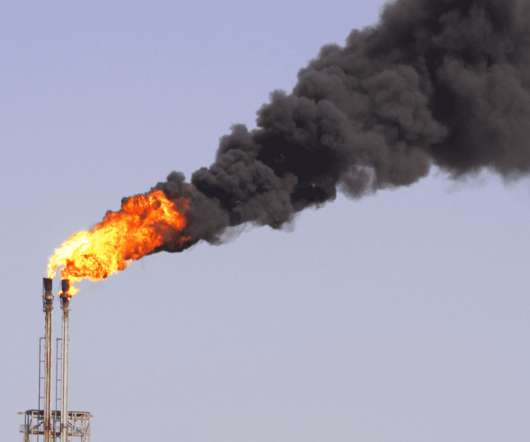
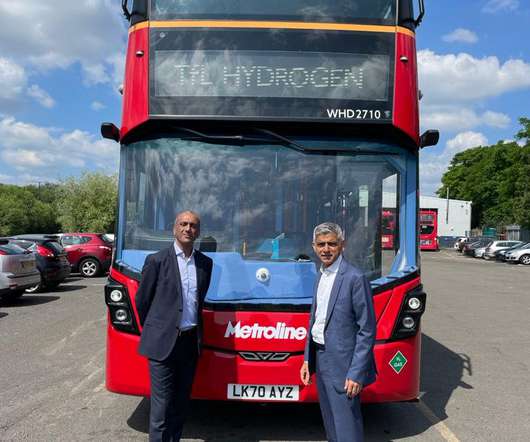
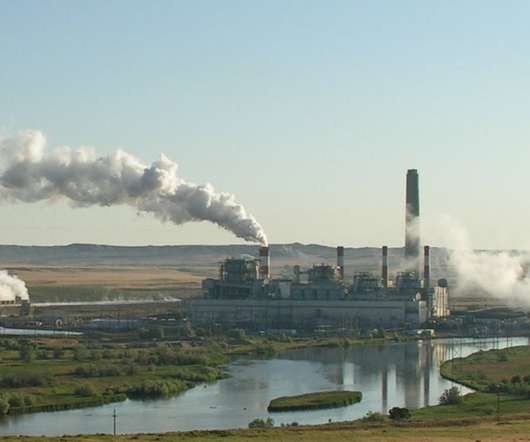


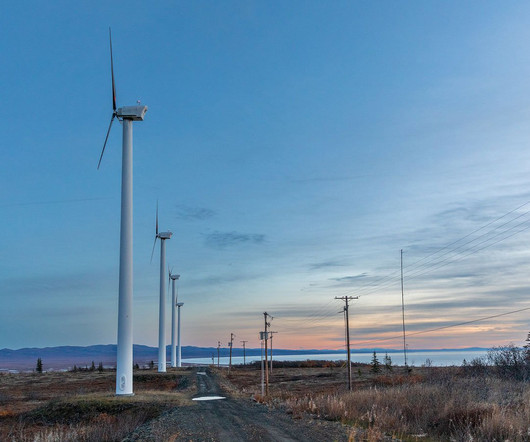
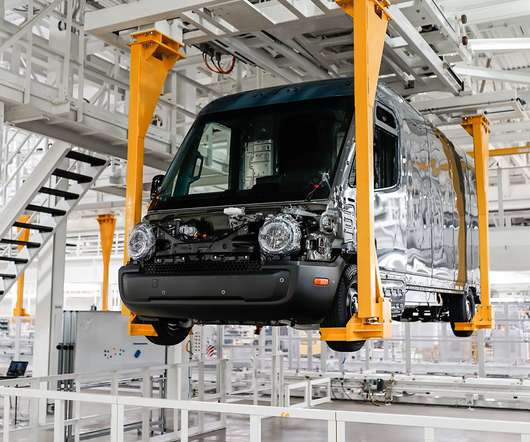
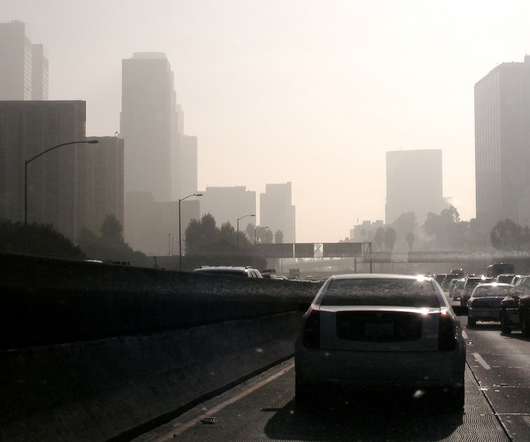









Let's personalize your content